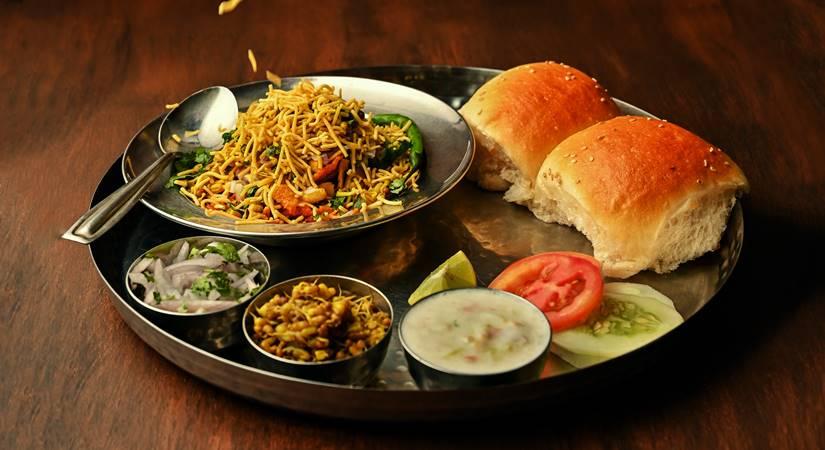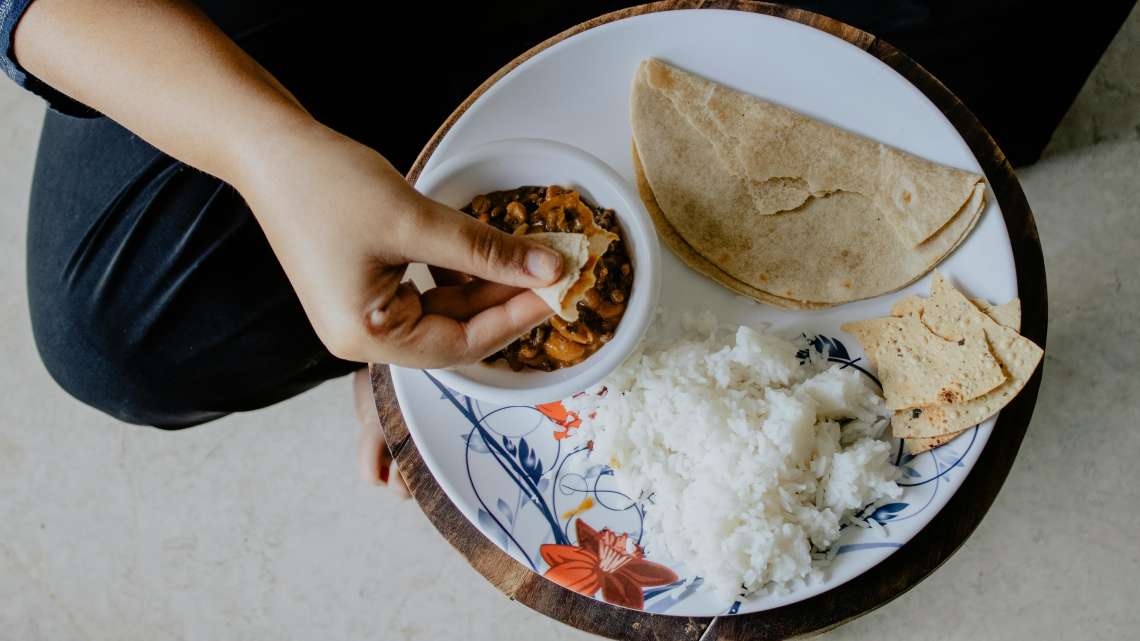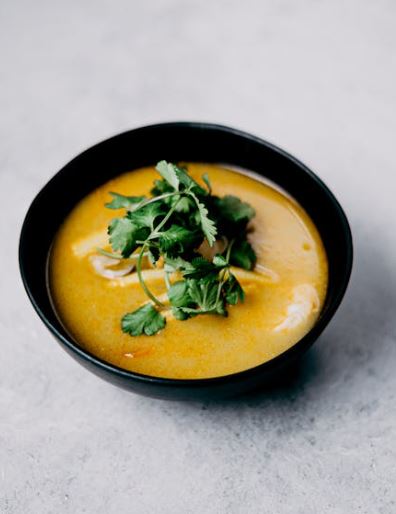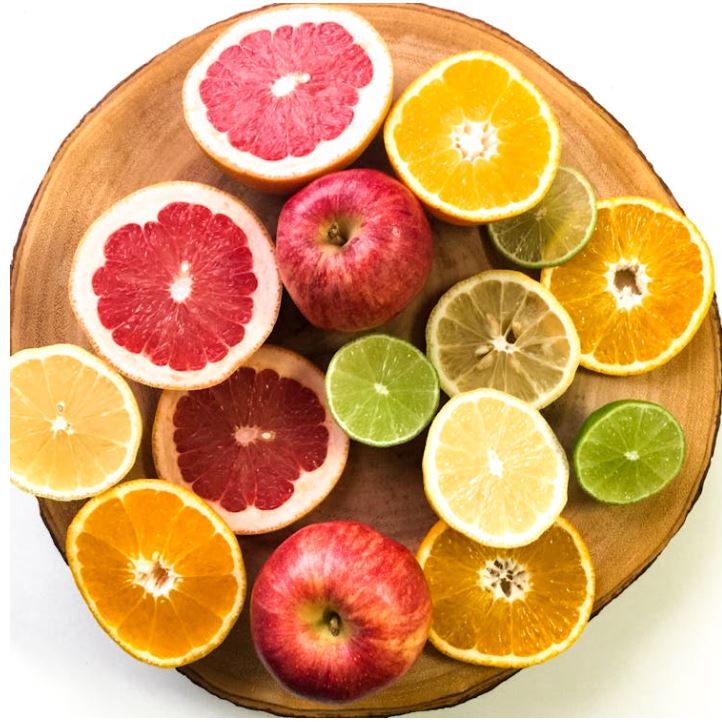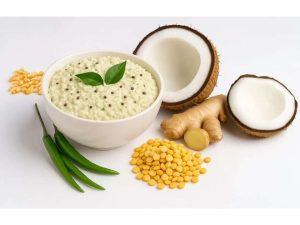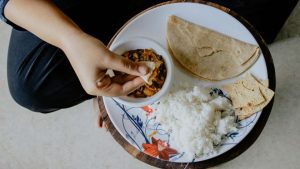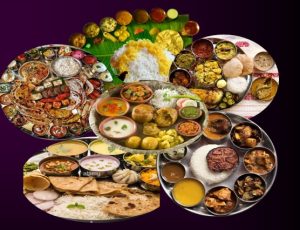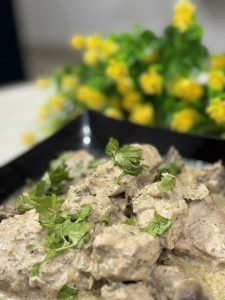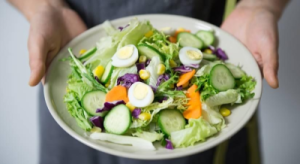Kababs are believed to be originated in Turkey. They were introduced to India by Afghan invaders and popularized by Mughals. However, according to lbn Battuta, Kababs were found in the royal Indian kitchens in as early as 1200 AD…reports Asian Lite News
Snacking is not just about satisfying hunger between meals; it is also about enjoying flavors, socializing, and exploring a diverse range of tastes. Furthermore, in India, snacks hold significance across various moments, forging deeper connections among Indians.
Indians share an enduring affection for snacks, indulging in a variety that spans from the crispy samosas and aloo bhujiyas to flavorful masala papads, nuggets, and fries.
These delectable treats have seamlessly integrated into the fabric of Indian culinary culture, becoming an indispensable part of daily life. Moreover, being a snacking nation with an ancient snacking culture that has evolved because of its unique geography, climate, and history, India has a vibrant segment of snack offerings.
Providing an interesting and comprehensive analysis of the evolving culinary landscape, showcasing Indian snacks and Indian love for snacks, Godrej Food Trends Report 2023 mentions some of the iconic snacks of India like Samosa, Vadapav, Idli, Kabab, Momos, Litti, Chow Mein, and Pav Bhaji.
Samosa: Samosa, despite of being a non-Indian snack, is one of the favourites amongst Indians. Samosa was introduced to India during the Delhi Sultanate by the cooks and traders from the Middle East and Central Asia where accounts of Sanbosag and Samsa from Turkish and Persian cuisine can be found in as early as the 10th century. Chef Ajay Chopra believes, “Post COVID, well-being has become non-negotiable, and the world is moving towards health in a greater way. We are a country that loves fried food and will still have the vada pav and samosa, but people are turning towards more healthy options like nuts and non-fried options.”
Vadapav: The popular Mumbai snack was invented in 1966 by Ashok Vaidya, a Marathi snack vendor in Mumbai. The snack was an instant hit wherein he created vadapav with batata vada and ladi pav – two city staples. When mills started closing in 70s and 80s many unemployed mill workers opened vadapav stalls thus exploring the new street food culture.
Idli: Food historian believed that Idli was adapted from the Indonesian kedli around 800-1200 CE, when it was ruled by Hindu Kings of Shailendra Isayana. The ancient texts of Karnataka like Vaddharadhane of 920 CE and Manasollasa of 1130 CE mention similar dishes called Iddalage and iddarika.
Kababs: Kababs are believed to be originated in Turkey. They were introduced to India by Afghan invaders and popularized by Mughals. However, according to lbn Battuta, Kababs were found in the royal Indian kitchens in as early as 1200 AD.
Momos: Momos came to India with Tibetan refugees in the 1960s and are savoured across the country today.
Litti: Litti was first introduced in Magadh, an ancient kingdom in Southern Bihar.Later during the reigns of Tantia Tope and Rani Lakshmibai, it became an important wartime meal. Today, Litti Chokha is a staple in Bihar.
Chow Mein: Several Chinese workers migrated to Calcutta in the trade route from China to Britain in the 18th century. Many would then sell the food of their homeland including Chow Mein in the city adapting their dishes to suit Indian tastes.
Pav Bhaji: Pav Bhaji was a result of the American Civil War. Since the war caused spike in the demand of cotton there. Therefore, the hungry traders collected the excess bread from Jesuit preists, added a spicy bhaji of assorted mashed vegetables and thus this iconic snack was invented.
Rushina Munshaw Ghildiyal, Managing Director, a Perfect Bite Consulting and Curating Editor of the annual Godrej Foods Trends Report says, “Indian snacks are more than just food. They are a way for us to express our love of spices, our nostalgia for childhood, and our joy of community. When we eat Indian snacks, we are not just satisfying our hunger, but also celebrating our culture and our shared heritage. As I have said in the 2023 edition of the report, with the pandemic having impacted how we consume food, today, it is all about the food of our ancestors, nostalgia-driven dishes, and local, regional foods of India. Health has become the cornerstone of all our food-related decisions, but we Indians still love to snack especially Vada Pav or Samosa.”
ALSO READ-Delectable solution for quick, nutrient-rich snacking

